Astronomy 210L, fall semester 2013
Cuesta College, San Luis Obispo, CA
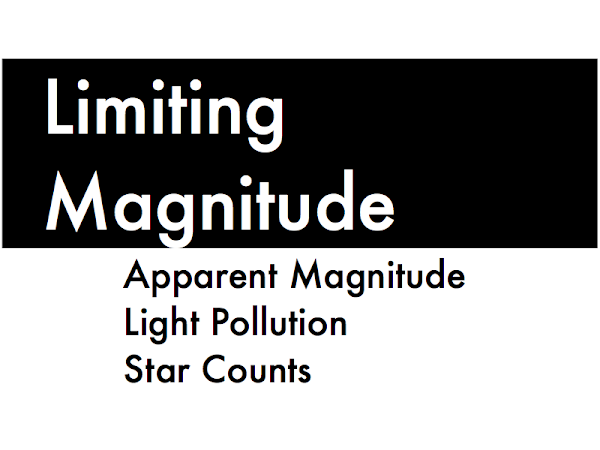
(This is the second Astronomy 210L laboratory at Cuesta College, San Luis Obispo, CA. This course is a one-semester, optional adjunct laboratory to the Astronomy 210 introductory astronomy lecture, taken primarily by students to satisfy their general education science transfer requirement.)
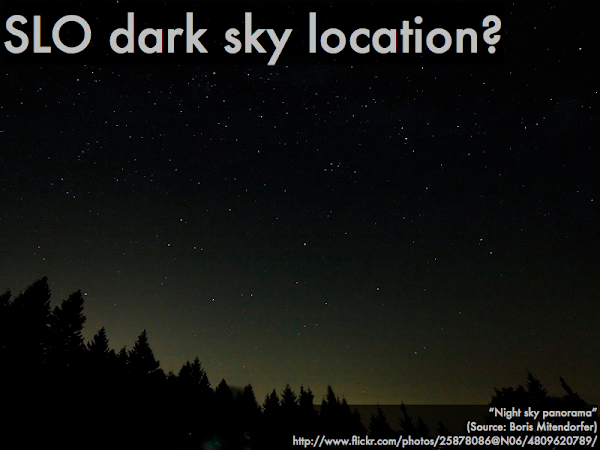
So where would you go in San Luis Obispo county to find the darkest skies available?
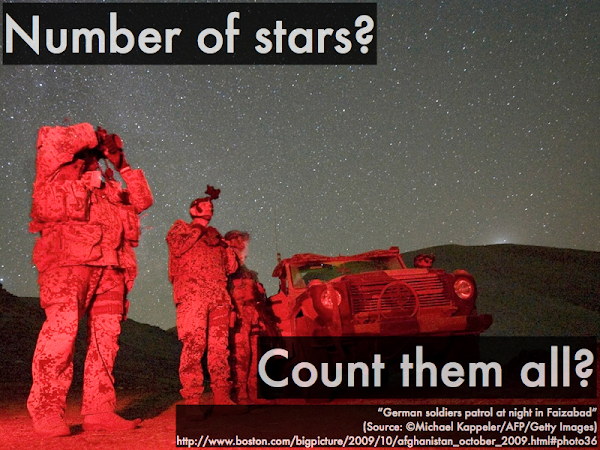
...and once you were there, let's say you were so impressed by the sheer number of stars that you wanted to count them all.
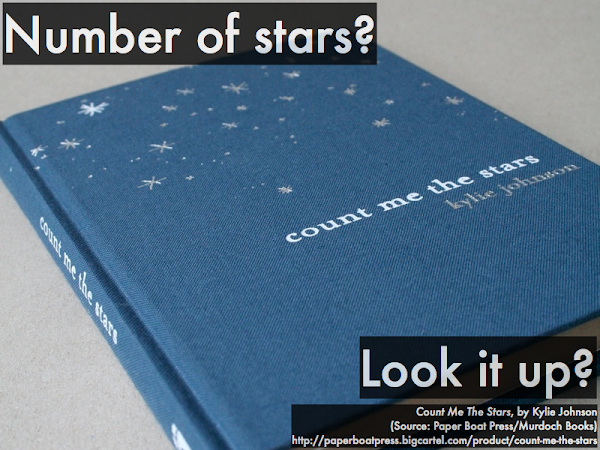
Maybe not--you might be able to look up the expected number of stars in a dark sky (and maybe listen to a
musical arrangement of this work).
Or better yet, let's consider a systematic approach where you can count the number of stars on and within a certain part of the sky (the "Summer Triangle" asterism), and then be able to extrapolate this count to the total number of stars in the rest of the sky.
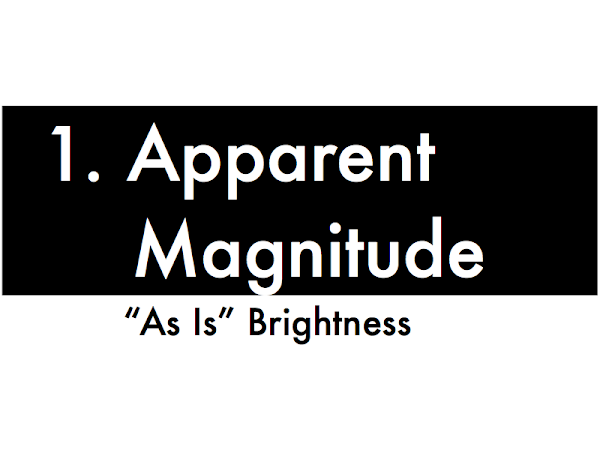
First, let's consider how to rate the brightness of a star. This is not the same thing as the "true" brightness of a star, just how bright a star is as it appears in the our sky. (So yes, our sun, a rather mediocre brightness star "cheats" because it happens to be very close, so that's why we talk about its "apparent" magnitude being bright in comparison to the rest of the stars that we can see from Earth.)
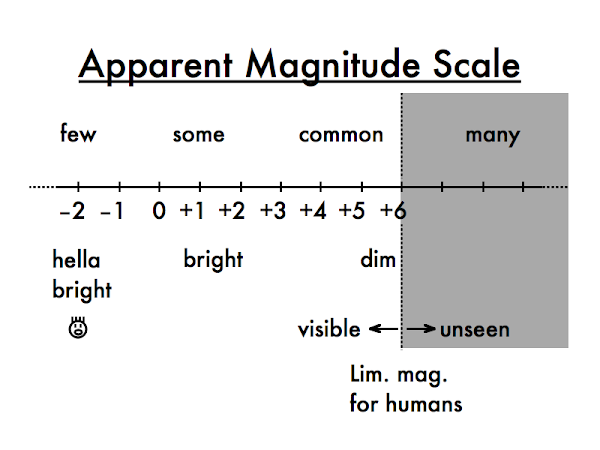
The original Greek scale has +1 for the brightest stars, and +6 for the dimmest stars. If the smaller number for brighter stars bothers you, think of ranking schemes (as did the Greeks), where the brightest stars were "first place" or "top tier" stars, and the dimmest stars are in "sixth place," earning the Miss Congeniality prize. And the scale did need to get revised, as there a few stars that blow the top off the original +1 to +6 scale. Brighter than the "first place" +1 stars are "zero place" stars, and brighter than those stars are "-1 place" stars. These are the hella bright stars--at least, for those astronomers who come from Northern California. There are also lots of stars dimmer than +6, but due to the limitation of the human eye these cannot be seen with the naked eye, even under the best of circumstances, but these stars can easily be observed with telescopes or even decent binoculars.
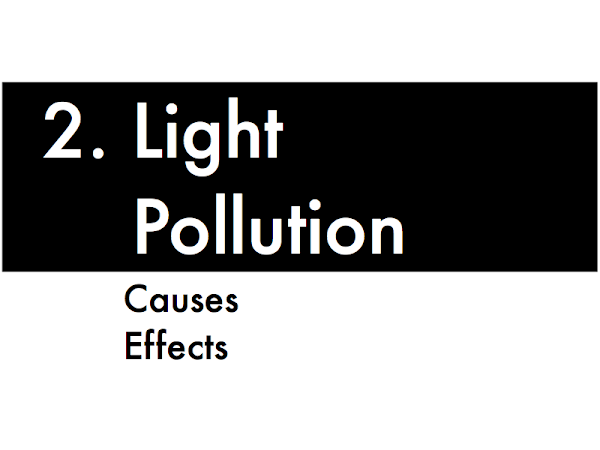
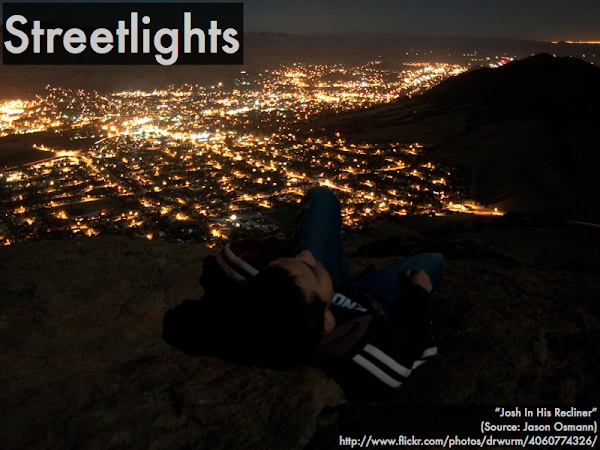
Streetlights cause light pollution. However, the other part of this effect is the atmosphere itself, as stuff in the air reflects the upward light back down towards our eyes, making it difficult to see the stars. And light pollution is not all manmade--the moon also does its damage as well.
So compare this view seen from a dark sky location...
...with the same part of the sky, seen with the skyglow of downwards reflected streetlight. The dim stars disappear, and even the brighter stars are harder to make out.
So instead of the naked eye being limited to seeing stars +6 and brighter, light pollution shifts the limiting magnitude to the left.
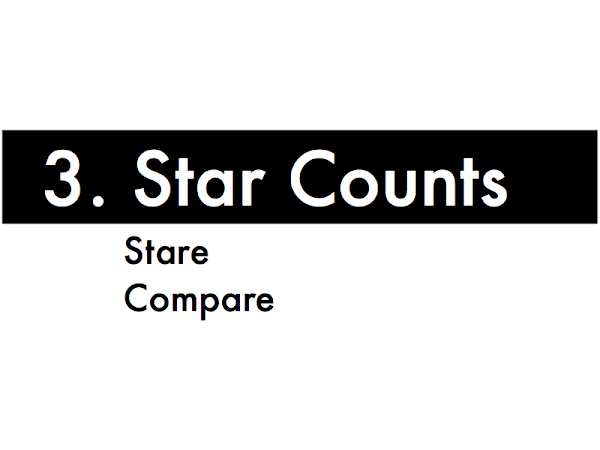
Let's now get to the process of counting stars within a representative, manageable portion of the sky, in order to extrapolate this to find the total stars in the rest of the sky.
Each group will pick up a packet of star charts showing Summer Triangle under dark, suburban, and urban conditions. Consider this training for actually doing this observation in the night sky.
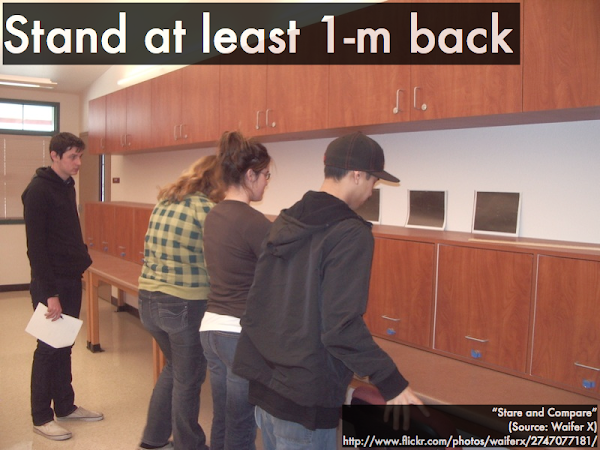
You can't touch the stars with your fingers...no way, nuh-uh. So you need to stand at least 1 m back from the charts, and count these stars in your head, in order to simulate the approximate conditions for counting stars at night. Count stars on the border as well as inside the Summer Triangle, compare results with your group members (you might even discover a "secret star" or two!), and determine the average number of stars within the Summer Triangle for each light pollution condition.
The "Summer Triangle Stars, Ranked by Apparent Magnitude" table lists the stars from brightest to dimmest apparent magnitudes. If say, your group had counted an average of 27 stars under certain lighting conditions, then you look up the 27th brightest star in the Summer Triangle, and since it has an apparent magnitude of +4.93, this is the limiting magnitude for those lighting conditions--you can see all stars +4.93 and brighter, and can't see stars dimmer than +4.93.
Now use the "Number of Celestial Sphere Stars versus Limiting Magnitude" graph. With our example of a limiting magnitude of +4.93 in the Summer Triangle, draw a line vertically upwards until you hit this diagonal, and then go horizontally and read off the corresponding number of stars in the entire celestial sphere under these lighting conditions. Here, approximately 1,600 stars.
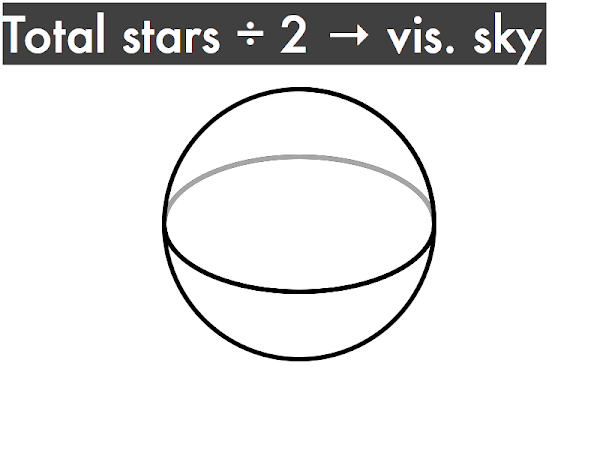
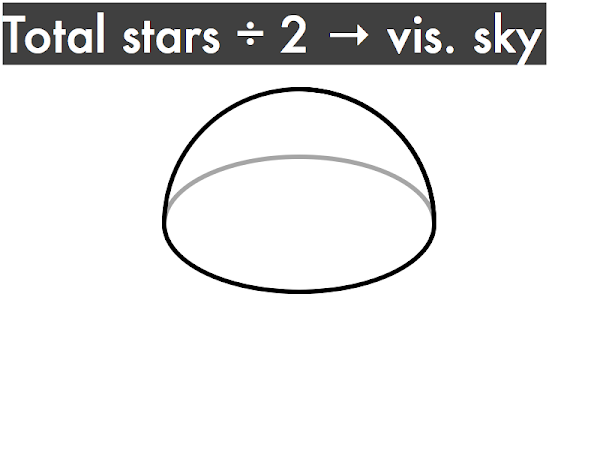
But since this 1600 is the stars in the entire celestial sphere, and you can only see half of the celestial sphere above the horizon at any given time, then under these lighting conditions (27 stars in the Summer Triangle, limiting magnitude +4.93), there would be expected to be only 1,600/2 = 800 stars in the night sky.
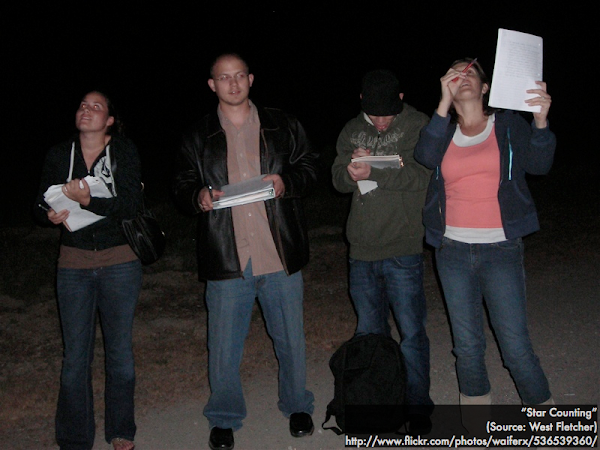
After completing this laboratory, you should then be successfully trained star counters, and can find the limiting magnitude (and total number of visible stars in the sky) at various locations around San Luis Obispo county. Good times.
EQUIPMENT
Cuesta ThinkPad(TM) laptops (wireless networking, internet browser)
(appropriate, responsible in-class use of personal laptops allowed)
Summer Triangle light pollution star charts
"Summer Triangle Stars, Ranked by Apparent Magnitude" table
"Number of Celestial Sphere Stars versus Limiting Magnitude" graph
meter sticks (1 m)
rulers
CURRENT EVENTS QUIZ
(First 10 minutes of laboratory.)
BRIEFING
Limiting Magnitude (*.pdf) (*.mov)
BIG IDEA
Star brightnesses in the night sky are quantified by (apparent) magnitudes; man-made (and moon) light pollution limits the stars that can be seen with the naked eye.
GOAL
Students will conduct a series of inquiries about the magnitudes of stars using printed-out simulations of key asterisms, and be able to locate these asterisms using internet simulations and in the night sky for potential observations.
COMPUTER SETUP
Access the Heavens Above website for your campus by clicking on the appropriate link below, and then select
"Astronomy > Sky Chart":
*Bowen Observatory, San Luis Obispo campus (
*.html)
*Telescope shelter, North County campus (
*.html)
You should now see a star chart for the current time/date, where north is at the top, and west is to the right.
TASKS
1. Exploration
TThe "Summer Triangle" is not a true constellation, but an asterism made up of the three brightest stars (Altair, Deneb, and Vega) from the constellations Aquila, Cygnus, and Lyra. You will determine when the Summer Triangle will be highest overhead on the next available moon-less night. Then you will simulate counting the visible stars on and inside the Summer Triangle, in order to determine the limiting magnitude, and the total number of visible stars in the sky.
a. AAdvance the time such that the Summer Triangle is highest overhead tonight. If the sun and/or moon is visible anywhere in the sky, you will need to advance the date and adjust the time to find a moon-less date/time later this semester, within the next month or so when the Summer Triangle is highest overhead at night. Record the following date/time below:
Available moon-less night within next month or so: __________.
Summer Triangle highest overhead time (to within +/- 10 min): __________.
b. Use a meter stick to space yourself at least 1.0 meter away from charts showing the Summer Triangle under various conditions (dark sky, suburban sky, and urban sky). Count the number of stars visible on or within the Summer Triangle (include the "corner stars"). Do this individually first, then determine the average result in your group for each viewing condition.
Dark sky average count: __________.
Suburban sky average count: __________.
Urban sky average count: __________.
c. Refer to the "Summer Triangle Stars, Ranked by Apparent Magnitude" table, which lists Summer Triangle stars, ranked from brightest to dimmest, along with the value of their apparent magnitude, denoted by
m. List the names of Summer Triangle stars (if any) that are brighter than Polaris (the "North Star," a +2.00 magnitude star).
Stars brighter than Polaris in the Summer Triangle (if any): __________.
d. The limiting magnitude corresponds to the dimmest star that can be seen under given viewing conditions. Using the "Summer Triangle Stars, Ranked by Apparent Magnitude" table, determine the average limiting magnitude value for your group for each viewing condition.
Dark sky limiting magnitude: __________.
Suburban sky limiting magnitude: __________.
Urban sky limiting magnitude: __________.
e. Refer to the "Number of Celestial Sphere Stars versus Limiting Magnitude" graph, which allows you to look up the total number
N of visible stars in the entire celestial sphere, given a limiting magnitude from +1.00 to +6.00. (Divide
N by two to get the number of visible stars in the sky, as it is only possible to see half of the entire celestial sphere at any given time.) From your limiting magnitudes in (d), use this graph to determine the total number of visible stars in the sky for each viewing condition.
Dark sky visible stars: __________.
Suburban sky visible stars: __________.
Urban sky visible stars: __________.
f. What generalization statements, in a complete sentences, can you make about (1) how the limiting magnitude changes with respect to light pollution; and (2) how the number of visible stars in the sky changes with respect to light pollution?
Generalization statements: __________.
Each person in your group should summarize their own Exploration answers, to be turned in today and selected randomly to be graded for their group(*).
2. Does Evidence Match a Given Conclusion?
Consider the following claim:
"In the center of a city, where the naked-eye limiting magnitude due to extreme amounts of light pollution can be [+4] or less, as few as 200 to 500 stars are visible [in the sky]."
--http://en.wikipedia.org/wiki/Naked_eye
Would you agree or disagree with this generalization based on the methods/evidence used in the previous task? Explain your reasoning and provide specific evidence from data to support your reasoning(*).
3. What Conclusions Can You Draw From This Evidence?
Due to campus streetlights, and from the neighboring Camp San Luis Obispo and the California Men's Colony, the Bowen Observatory on the roof of Building 2400 on the San Luis Obispo campus experiences a certain amount of light pollution.
What conclusions and generalizations can you make from data collected by Cuesta College Astronomy 210L students in spring 2006-2010 in terms of
"Does the Bowen Observatory experience light pollution comparable to other suburban areas in San Luis Obispo county?" | Location: | Summer Triangle stars: |
| Poly Canyon | 31, 31 |
| Base of Bishop's Peak | 74 |
| Tank Farm Road | 30 |
| Avila Beach Road | 86 |
| Templeton | 56 |
| Los Osos | 40 |
| Paso Robles | 61, 26, 79 |
| Sand Spit Beach, Montaña del Oro | 36 |
| Highway 41 | 76, 45 |
| Bowen Observatory | 20, 48, 9, 18, 17, 10, 50, 12 |
Explain your reasoning and provide specific evidence to support your reasoning(*).
4. What Evidence Do You Need to Pursue?
Describe precisely what evidence you would need to collect in order to answer the research question of,
"Is there more or less light pollution at the star party location on the North County campus (at the Telescope Shelter) than at the Bowen Observatory on the San Luis Obispo campus (Building 2400)?" You do not need to actually complete the steps in the procedure you are writing.
Create a detailed, step-by-step description of evidence that needs to be collected and a complete explanation of how this could be done--not just "Drive to each location and count stars," but exactly what would someone need to do, step-by-step, to accomplish this. You might include a table and sketches--the
goal is to be precise and detailed enough that someone else could follow your procedure by simply checking off each step, without having to "interpret" the instructions(*). (Note: be sure to specify a moon-less date/time at least one week from today that these observations can be made.) Write up your procedure on whiteboards(*), to be worked on and presented as a group.
Reference:











































